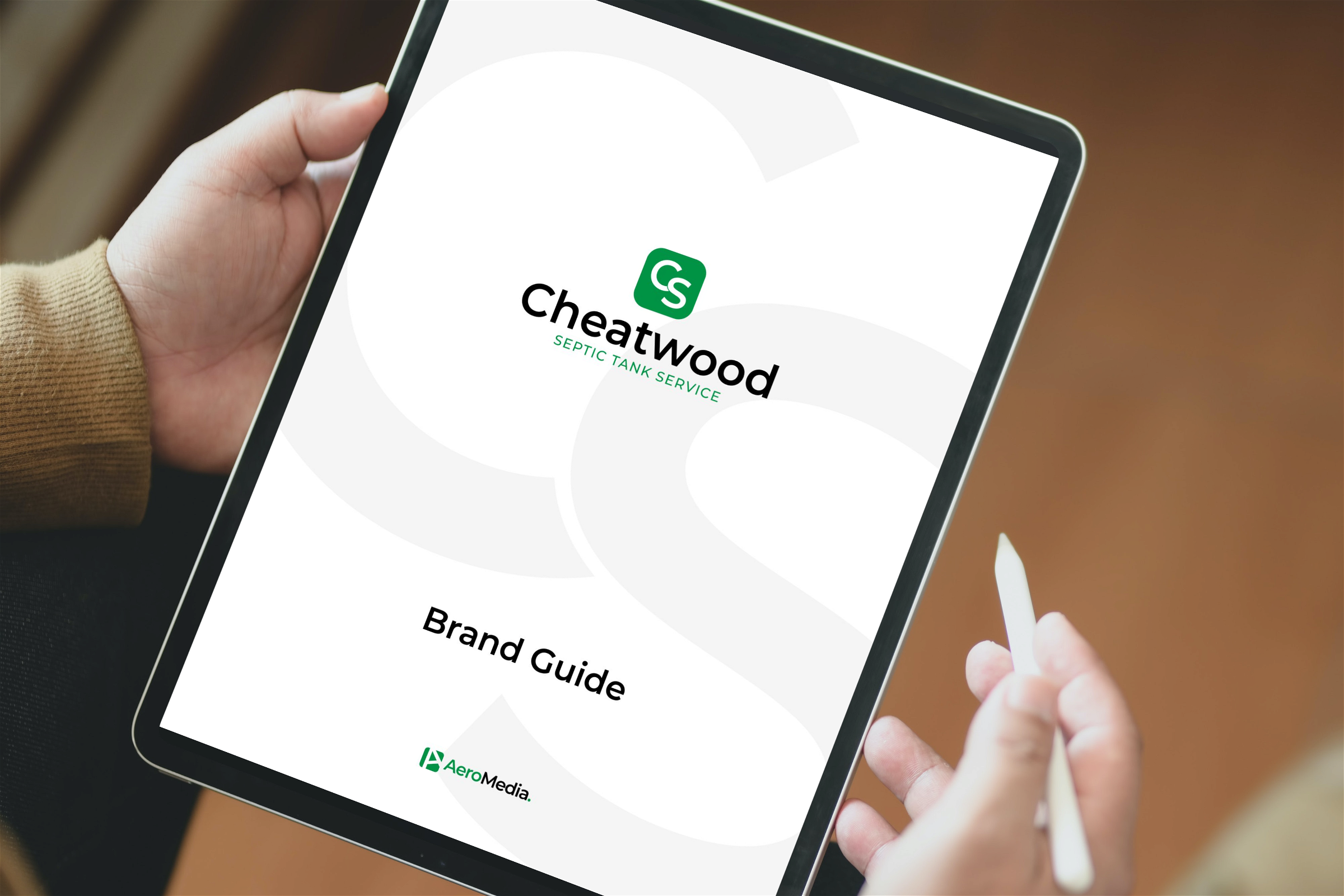Understanding Small Business Branding in the Digital Age
In the digital age, branding for small businesses has taken a front seat. Think of your brand as the face of your business online. It’s what sets you apart from the competition. The basics? Your brand combines your company’s identity, values, and the promise you make to your customers. This era demands more than just a logo and a catchy tagline. It’s about creating an experience that resonates with your customers across all online platforms. Your social media presence, website design, online customer service, and even the tone of your emails all contribute to your brand. To nail it, start by defining what your brand stands for. What are your core values? Who is your target audience? Once you know this, communicate consistently. Use visuals and messages that reflect your brand’s identity. Remember, consistency is key. Your goal is to make your brand recognizable and trusted. In the fast-paced online world, a strong brand can help your small business gain visibility, attract the right customers, and foster loyalty. Keep it simple, authentic, and true to your values. That’s the essence of small business branding in the digital age.
The Importance of a Strong Brand Identity for Small Businesses
Having a strong brand identity isn’t just for the big names in business; it’s crucial for small businesses too, especially online. Think of your brand identity as the face of your business – it’s what makes you recognizable and separates you from the crowd. In a digital world bursting with competition, standing out is key. A solid brand identity can build trust with your audience. People tend to buy from businesses they feel connected to, and a consistent, well-defined brand builds that connection. It tells your story, showcasing who you are and what you stand for. Moreover, it can turn casual browsers into loyal customers. When your business personality shines through your branding, customers are more likely to remember and choose you over someone else. Remember, your brand identity influences perception. It’s not just a logo or a tagline; it’s the entire experience you offer. Every tweet, every customer service interaction, every product packaging – they all contribute to your brand identity. In essence, a strong brand identity is not an expense; it’s an investment in your business’s future. Stand out, connect, and watch your small business grow.
Developing Your Small Business Branding Strategy
Creating a strong branding strategy is not just about having a cool logo or a catchy tagline. It’s about carving out a unique identity in the market that your audience will recognize and connect with. Start by defining what your brand stands for. What values do you cherish? What’s the big purpose behind what you do? Knowing this forms the foundation of your brand. Next, understand who your target audience is. Who are you speaking to? What do they value? This knowledge allows you to tailor your brand message so it resonates deeply.
Communication is key. How you talk about your products or services should mirror the way your audience speaks and thinks. This creates a natural attraction. Visual elements like logos, color schemes, and website design play a huge role too. They give your brand a face and should align with your brand’s personality.
Remember, consistency is everything. Your brand should look, feel, and sound the same everywhere it’s present – be it your website, social media, or packaging. This consistency makes your brand memorable and helps build trust.
To wrap it up, listen and adapt. The digital world is fast-changing, and so are people’s preferences. Pay attention to feedback and be ready to tweak your branding strategy to stay relevant and appealing. Building a brand takes effort and patience, but it’s a journey worth taking for the long-term success of your small business.
Key Elements of Effective Small Business Branding Online
To nail small business branding online, focus on a few critical elements. First, know your unique selling proposition (USP). What sets you apart? Is it your unbeatable prices, innovative products, or maybe your stellar customer service? Next, consistency is key. Your logo, colors, and messaging need to match across all online platforms. This builds recognition. Your website is your online storefront. Make it inviting and easy to navigate. Content is king. Produce valuable, relevant content that speaks directly to your audience. Engage through social media. It’s where your customers hang out. Lastly, foster trust through customer reviews and testimonials. Put these pieces together, and you’ve got a brand that stands out online.
Using Social Media to Enhance Your Small Business Brand
Social media is not just for scrolling through cat videos or seeing what your friends ate for lunch anymore. If you’re running a small business, platforms like Instagram, Facebook, and Twitter are powerful tools to boost your brand presence online. First off, know your audience. Are they young adults scrolling through Instagram? Or maybe professionals networking on LinkedIn? Once you’ve nailed that, create content that speaks directly to them. It could be behind-the-scenes glimpses of your business, customer reviews, or even quick how-to videos. Engagement is key. Respond to comments, share posts that align with your brand, and don’t forget to slide into relevant conversations. Remember, social media is where your business gets to show its personality, so be authentic. Use these spaces not just to sell, but to connect. By consistently showing up and providing value, your small business can stand out in the crowded online world.
Website Design Tips for Small Business Branding Success
Your website is your digital storefront. It’s where first impressions are forged and often where that crucial decision to engage further with your business is made. Getting it right is not just optional; it’s vital. Here’s how to nail it. Keep it clean and professional. Don’t clutter. Your site should look like your business’s clean-cut, professional cousin. Make navigation easy. If customers can’t find what they’re looking for in a few clicks, you’re losing them. Use colors and fonts that reflect your brand. These should match your logo and other marketing materials. Ensure it’s mobile-friendly. More people browse on phones now than ever. If your site doesn’t play nice with smartphones, you’re missing out. Include a clear call-to-action (CTA). Whether it’s “Contact Us,” “Shop Now,” or “Sign Up,” make sure visitors know what you want them to do next. Fast loading times are non-negotiable. A slow site is a no-go. People won’t wait. Use high-quality images but optimize them for quick loading. SEO is your best friend. Use keywords wisely to help potential customers find you through search engines. Remember, your website is often the beginning of your relationship with customers. Make it count.
Content Marketing: A Vital Tool for Small Business Branding
In today’s digital age, content marketing is not just an option for small businesses looking to amplify their brand; it’s essential. Think of it as sharing your business’s heart and soul with the world. Through blogs, videos, and social media posts, you provide value to your audience, not just sell something. This creates a relationship built on trust. When people trust you, they’re more likely to remember your brand and choose you over competitors. Content marketing can elevate your brand’s online presence significantly, making it a vital tool in your branding arsenal. Keep your content genuine, engaging, and focused on solving your audience’s problems or meeting their needs. Remember, consistency is key. Regularly sharing quality content will position your brand as an authority in your field, building a loyal community around it.
Leveraging SEO for Your Small Business Brand Visibility
To get your small business noticed online, mastering SEO, or Search Engine Optimization, is key. Think of SEO as a tool that makes your website more noticeable to people searching for businesses like yours on Google or Bing. It’s like putting up a big, bright sign in a crowded street, saying, “Hey, look over here!” Now, how do you make SEO work for you? First off, focus on keywords. These are the words people type into search engines when they’re looking for something. Identify the words that are relevant to your business. If you own a coffee shop, words like “best espresso,” “cappuccino near me,” or “organic coffee beans” might be your gold. Secondly, put these keywords on your website. But beware, stuffing your content with too many keywords makes for a bad read and search engines don’t like that. It’s about striking the right balance. Also, pay attention to local SEO. This means making sure your business shows up when someone in your area is searching for the services you offer. Ensure your business is listed on Google My Business, and your contact info is easily findable on your website. Lastly, remember that SEO isn’t a one-time deal. It’s about consistently updating your website with fresh, relevant content and making sure your site is user-friendly. A well-oiled SEO strategy can significantly boost your small business’s visibility online, drawing more customers and setting you apart from the competition. So, roll up your sleeves and dive into the world of SEO. Your business deserves that spotlight.
Monitoring Your Small Business Brand Reputation Online
Keeping an eye on what people are saying about your business online is crucial. It’s simple: happy customers can boost your business, while unhappy ones can harm your reputation. Start by regularly checking reviews on sites like Yelp, Google, and social media platforms. But don’t just look; respond too. Acknowledge positive feedback and address complaints swiftly to show you care. Also, set up Google Alerts for your business name to catch mentions across the web. Remember, in the digital age, word spreads fast. By actively monitoring and managing your online reputation, you help ensure that your small business thrives.
Case Studies: Small Business Branding Success Stories
Small businesses have turned the tide in their favor with smart online branding. Take the story of Bean Good Coffee Shop. Starting as a small local cafe, they leveraged social media to showcase their unique coffee blends and community events. Their Instagram featured eye-catching photos of daily specials and happy customers, turning followers into patrons. Within a year, Bean Good saw a 50% increase in customers and expanded their reach globally through online sales.
Another success is EcoWear, a startup focused on sustainable clothing. By creating engaging content around the importance of sustainability and how their products make a difference, they built a loyal online community. They used their platform to educate and engage, not just sell. Result? A 150% growth in online sales in the first 18 months.
These stories show that understanding your audience and using online tools creatively can significantly boost your brand. Remember, it’s not just about selling a product or service but building a community around your brand.
Related Posts
April 12, 2024
Brand Strategy Consulting: The Secret to a Memorable Digital Identity
Discover the key to a memorable digital identity with brand strategy consulting…
March 29, 2024
5 Tips for Improving Your Business’s Mobile Web Design
Enhance your business's mobile web design with our 5 expert tips!





